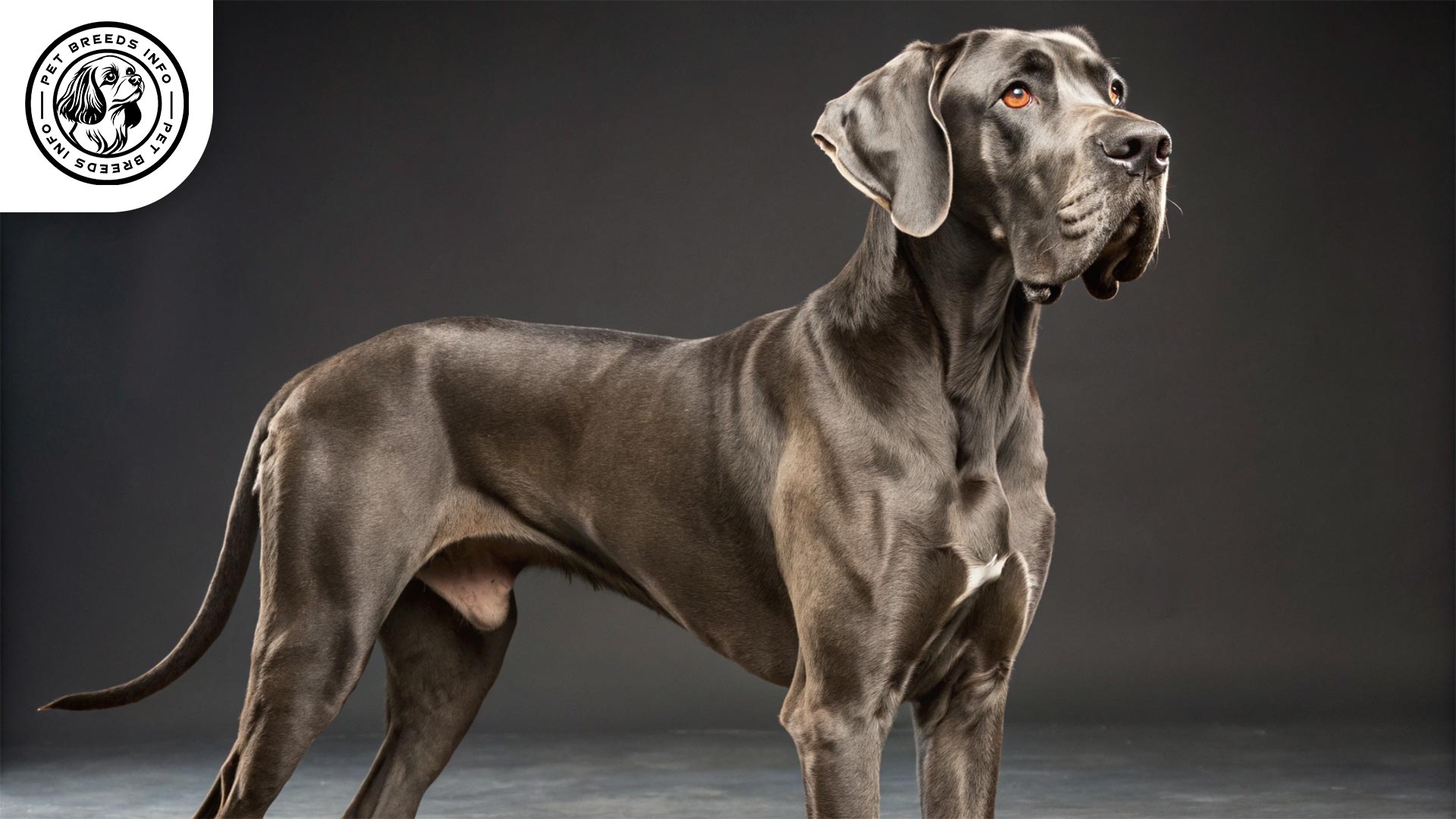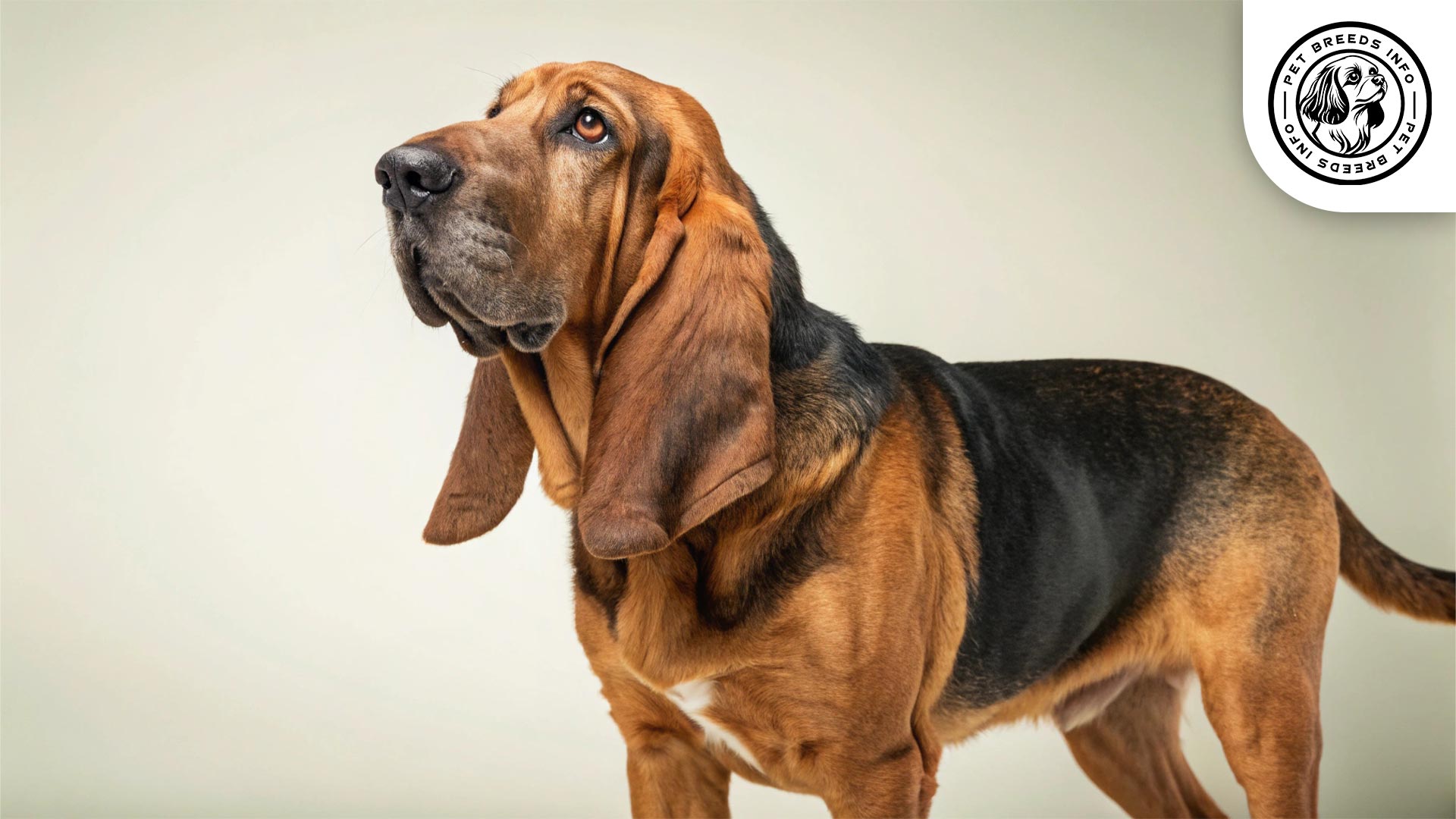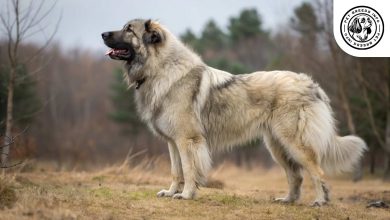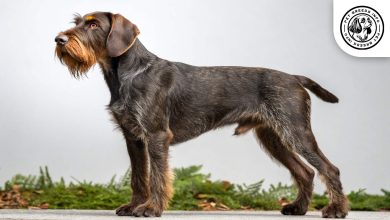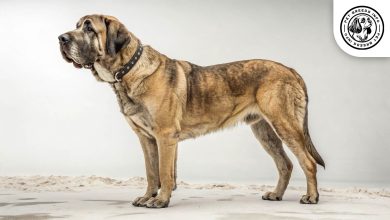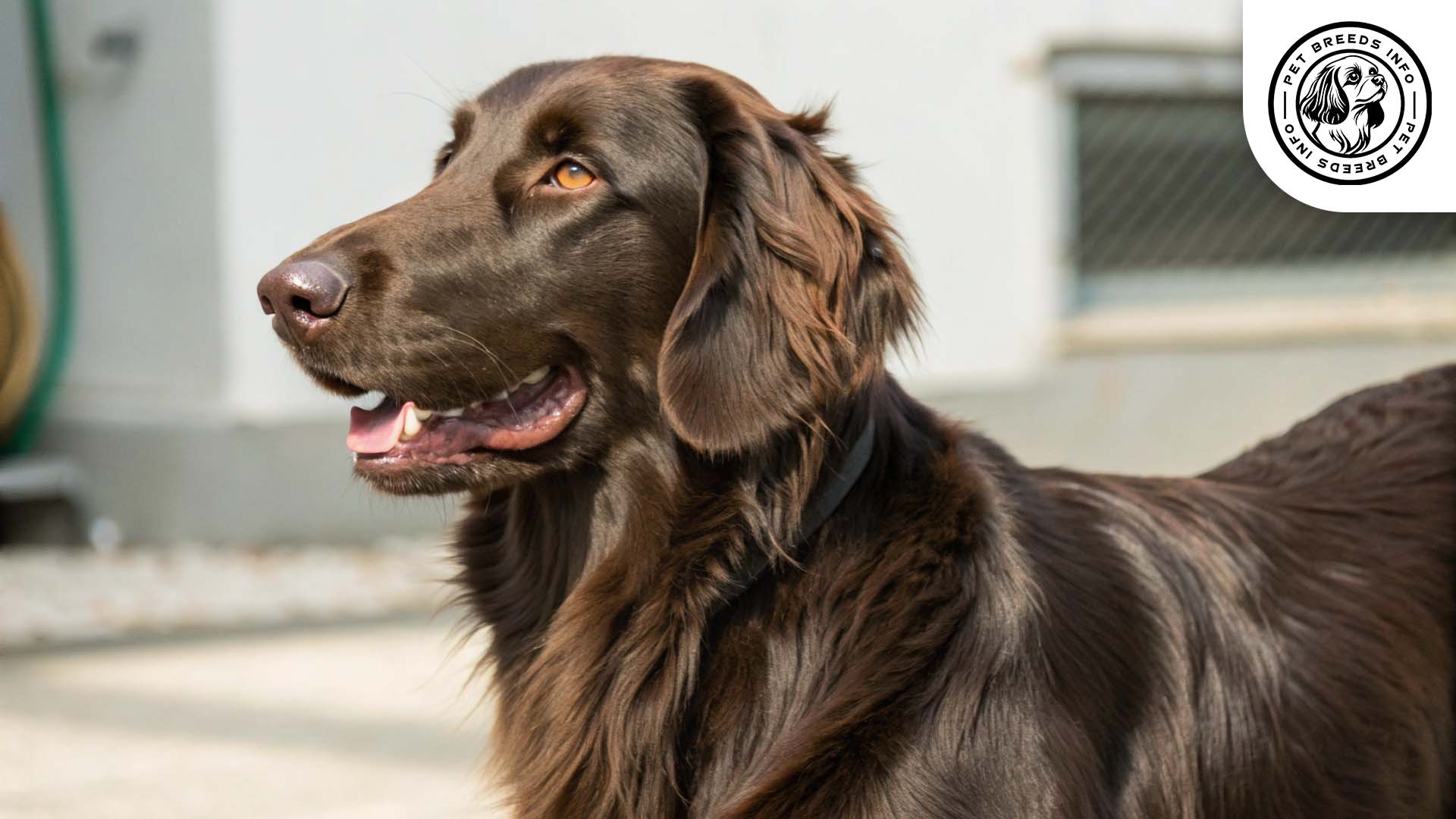Great Dane Dog Breed: Size, Health, Price & Personality
General Introduction of the Breed
The Great Dane, also known as the “Deutsche Dogge” in German, is a giant dog breed originating from Germany. Often referred to as the “Apollo of Dogs,” this breed has a long history dating back to ancient civilizations. Originally bred as hunting and guard dogs, Great Danes were used by European nobility to hunt wild boars and protect estates. Over time, they became known for their friendly and gentle nature, making them cherished companion dogs today.
Table of Contents
| Weight | “Males: 140-175 lbs (63-79 kg) Females: 110-140 lbs (50-63 kg) |
| Lifespan | 7-10 years |
| Diet | High-quality, protein-rich food, Feed in 2+ meals daily to prevent bloat |
| Care | Daily walks, weekly brushing, Regular grooming and vet check-ups |
| Health | Prone to bloat, hip dysplasia, and heart issues |
| Color | Fawn, brindle, black, blue, harlequin, mantle |
| Nature | Gentle, loyal, protective, good with kids and pets |
| Price | $1,500 to $3,500 (breeders), Adoption available |
Physical Characteristics
Great Danes are one of the tallest dog breeds in the world. Males typically stand between 30 to 34 inches (76 to 86 cm) at the shoulder and weigh between 140 to 175 pounds (63 to 79 kg). Females are slightly smaller, with a height range of 28 to 32 inches (71 to 81 cm) and a weight between 110 to 140 pounds (50 to 63 kg).
Their coat is short, sleek, and smooth, requiring minimal grooming. Common coat colors include fawn, brindle, black, blue, harlequin, and mantle.
Great Danes have expressive, medium-sized eyes that are usually dark brown, though blue or lighter colors may appear in certain coat variations. Their ears are naturally floppy but are sometimes cropped to stand erect. They have a long, well-proportioned body with a deep chest and a strong, slightly curved tail.
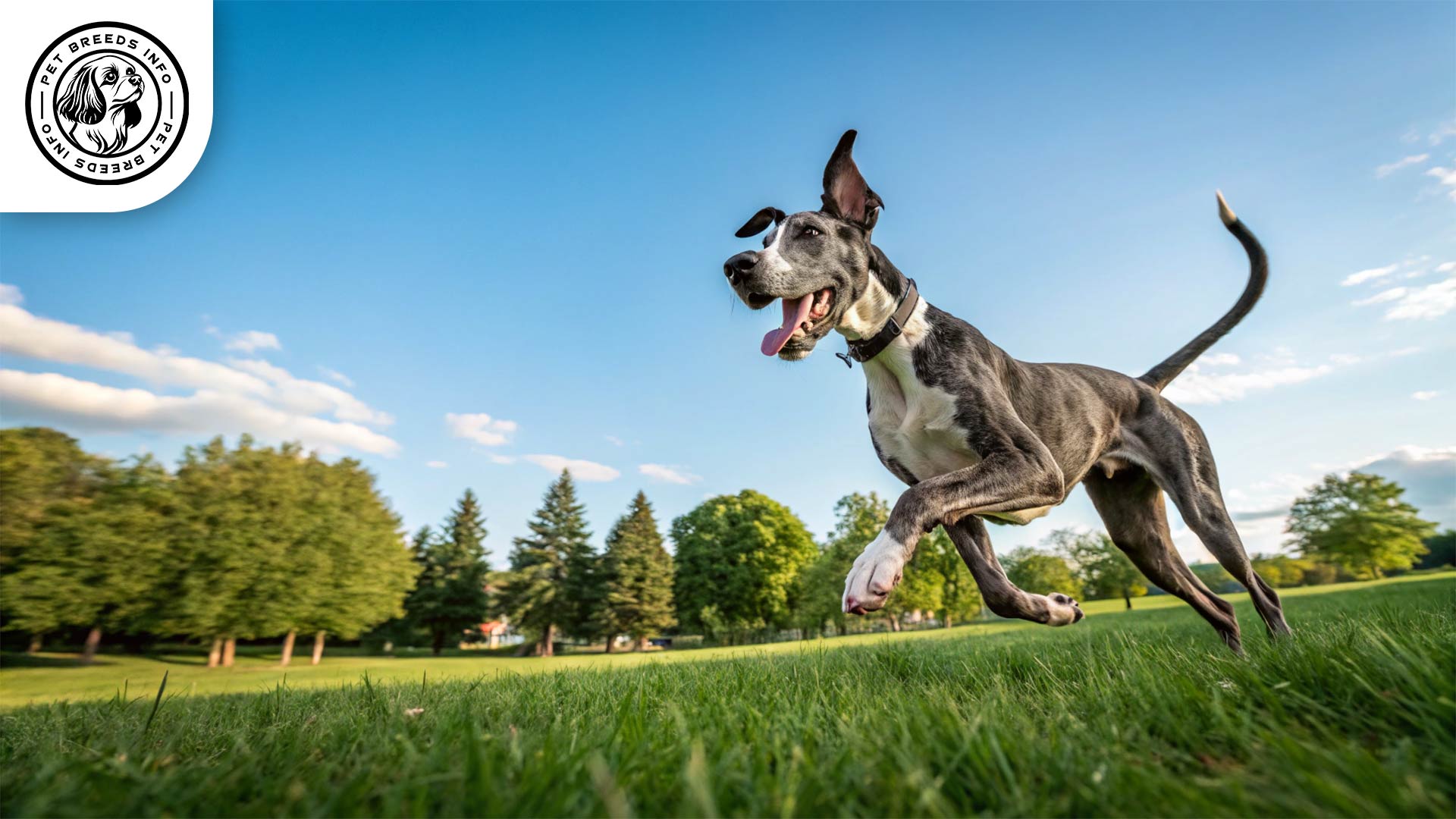
Personality and Temperament
Great Danes are intelligent and highly trainable. They are known for their gentle and affectionate nature, making them great family pets. Despite their large size, they are often referred to as “gentle giants” because of their friendly disposition.
They have a moderate energy level and require daily exercise to remain healthy and happy. They form strong bonds with their owners and thrive on companionship. Great Danes are typically friendly with children and other pets, though early socialization is important.
While not aggressive, they have a natural protective instinct and will alert their owners to suspicious activity. They are sensitive to environmental changes and can become anxious if left alone for extended periods.
Read More: Giant Schnauzer Dog
Care and Maintenance Requirements
Great Danes need regular exercise, such as daily walks and play sessions, but they should not engage in excessive running or jumping due to their joint health concerns.
They are best suited for homes with ample space but can adapt to apartment living if provided with enough exercise. They prefer being indoors with their family.
Their short coat requires minimal grooming, with weekly brushing to remove loose hair. They shed moderately and require occasional baths. Nail trimming, ear cleaning, and dental care should be performed regularly.
Due to their thin coat, Great Danes are sensitive to cold weather and should not be exposed to extreme temperatures for long periods.
Diet and Nutrition
A balanced diet consisting of high-quality dry kibble, wet food, or a raw diet tailored to large breeds is ideal for Great Danes. They require a protein-rich diet with essential nutrients to support their large size and rapid growth.
Puppies should have their food intake controlled to prevent overly fast growth, which can lead to skeletal problems. Adult Great Danes should be fed in two or more meals per day to reduce the risk of bloat.
Foods to avoid include chocolate, grapes, onions, garlic, and foods high in fat or artificial additives.

Health and Common Medical Issues
Great Danes are prone to several health conditions, including hip dysplasia, heart disease, thyroid issues, and most notably, bloat or gastric torsion, which can be life-threatening.
Their average lifespan is generally between 7 to 10 years, which is relatively short compared to smaller breeds.
Regular veterinary check-ups, vaccinations, and preventative care are essential to keeping them healthy.

Training and Behavior Management
Great Danes are intelligent and eager to please, making them relatively easy to train. However, due to their large size, early training and socialization are crucial.
Positive reinforcement techniques, such as treats and praise, work best. Consistency and patience are key when training a Great Dane.
Obedience training should start as early as possible to prevent unwanted behaviors from developing. Socialization with different people and animals helps ensure a well-adjusted dog.
Read More: Gordon Setter Dog
Interaction with Other Animals and Humans
Great Danes are affectionate and get along well with children, making them excellent family pets. However, due to their large size, supervision is necessary when interacting with small children.
They generally interact well with other pets but should be introduced carefully, especially to smaller animals.
They are highly social and prefer to be around their owners, making them less suited for people who are frequently away from home.
Price and Availability
The cost of purchasing a Great Dane from a reputable breeder ranges from $1,500 to $3,500, depending on lineage, coat color, and breeder reputation.
Adoption from shelters or breed-specific rescues is a great option to consider. Reputable breeders should conduct health screenings and provide proper care for their puppies.
Potential owners should avoid purchasing from puppy mills or pet stores that do not prioritize dog health and welfare.

Conclusion and Final Thoughts
Great Danes are loving, loyal, and gentle companions that thrive in a family setting. Their ideal home is one where they receive ample space, exercise, and companionship.
They require responsible ownership due to their size, health considerations, and social needs. While not for everyone, those who can accommodate their needs will find a devoted and affectionate companion in the Great Dane.
Before bringing one home, potential owners should consider factors such as health concerns, training requirements, and space availability to ensure a happy and fulfilling relationship with their Great Dane.
Read More: German Wirehaired Pointer Dog
FAQ
Are Great Danes good with children?
Yes, Great Danes are generally excellent with children. They are known for their gentle and affectionate nature, earning them the nickname “gentle giants.” 1 However, due to their large size, supervision is always recommended, especially with very young children, to prevent accidental knocks or injuries. 2 Early socialization helps them develop good interactions with children.
Do Great Danes require a lot of exercise?
While Great Danes are large, they don’t require excessive amounts of high-intensity exercise. Moderate daily exercise, such as walks and play sessions, is sufficient to keep them healthy and happy. Avoid strenuous activities like long-distance running or high jumping, especially when they are puppies, to protect their developing joints.
What are the primary health concerns for Great Danes?
Great Danes, being a giant breed, are susceptible to certain health issues. The most critical concern is bloat (gastric torsion), a life-threatening condition requiring immediate veterinary attention. They are also prone to hip dysplasia and heart conditions like cardiomyopathy. Due to their rapid growth, careful monitoring and preventative care are essential for their well-being.
Are Great Danes easy to train?
Yes, Great Danes are intelligent and eager to please, making them relatively easy to train. However, due to their large size, early training and socialization are crucial. Positive reinforcement techniques, consistency, and patience are key to successful training. Starting obedience training as early as possible helps prevent unwanted behaviors from developing.
